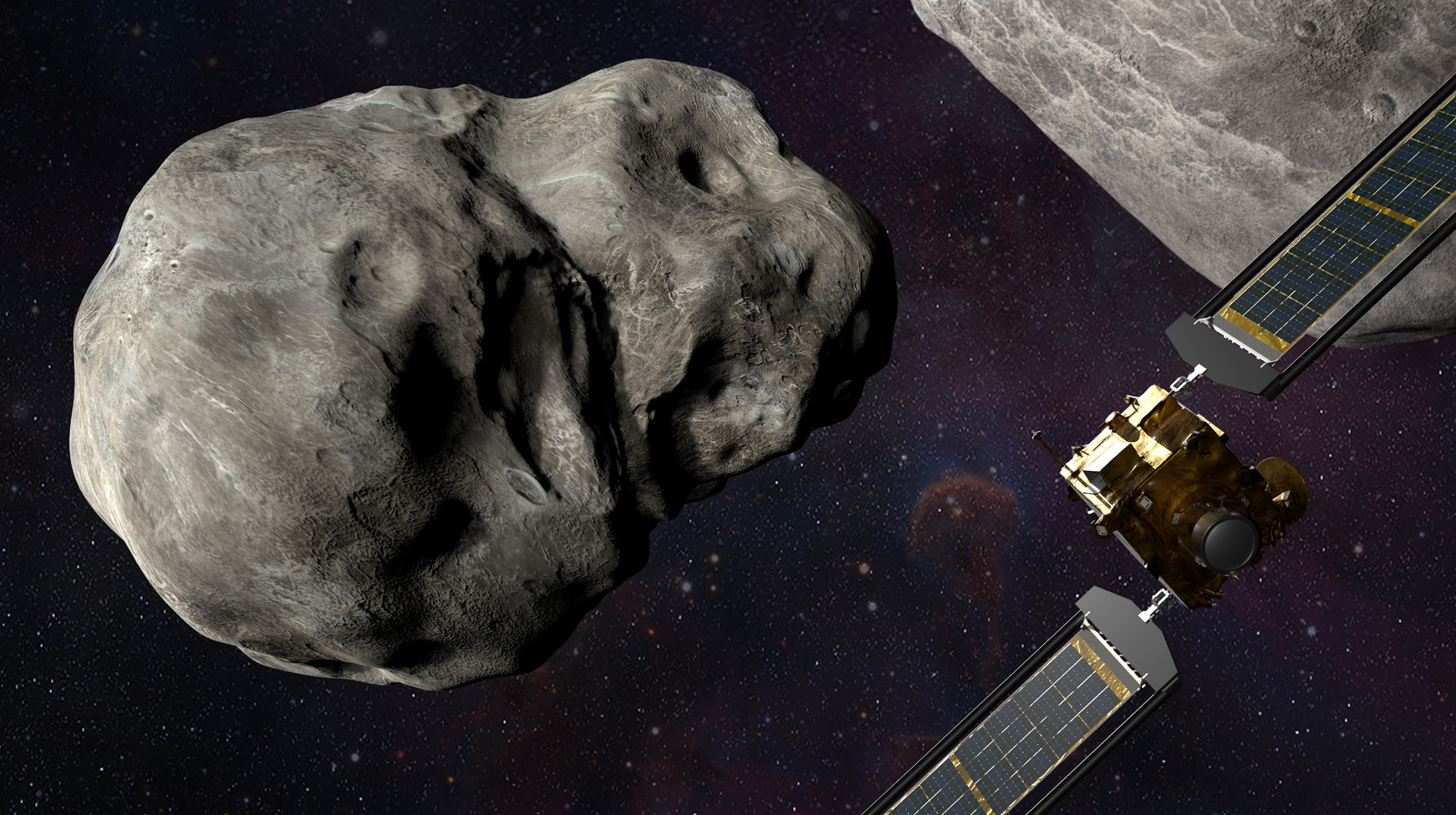
The successful mission marks the first time humanity has tested the use of existing technologies as a potential way to help protect Earth from asteroids and comets that may get dangerously close in the future. This issue is an important one, and so it’s no surprise that various concepts and ideas have been revealed over the years, though the notion of literally slamming a machine into a rock to divert its path was the most fun of them all — and, it turns out, the one that earned an actual mission.
The DART mission has been a work in progress for some time, and it won’t involve NASA alone. As previously detailed, the European Space Agency (ESA) also plays a big role in the effort to develop an effective planetary defense system, and its share of the work will come in the form of its Hera mission. In September 2024, the ESA will launch its Hera mission to Dimorphos, the same asteroid that was just smacked by NASA’s spacecraft. This will essentially be the second part of the DART mission, as it will be used to observe the impact site and study the space rock.
Back in November 2021, the ESA described its upcoming Hera mission as a “crime scene investigation,” explaining that it will involve a detailed study of the binary asteroid system, including the smaller asteroid that is the subject of this mission. By gathering details only available from space, Hera will provide experts with data that may make this sort of planetary defense “a well-understood and repeatable deflection technique” should it ever be needed in the future, according to the ESA.
Stay connected with us on social media platform for instant update click here to join our Twitter, & Facebook
We are now on Telegram. Click here to join our channel (@TechiUpdate) and stay updated with the latest Technology headlines.
For all the latest Entertainment News Click Here
